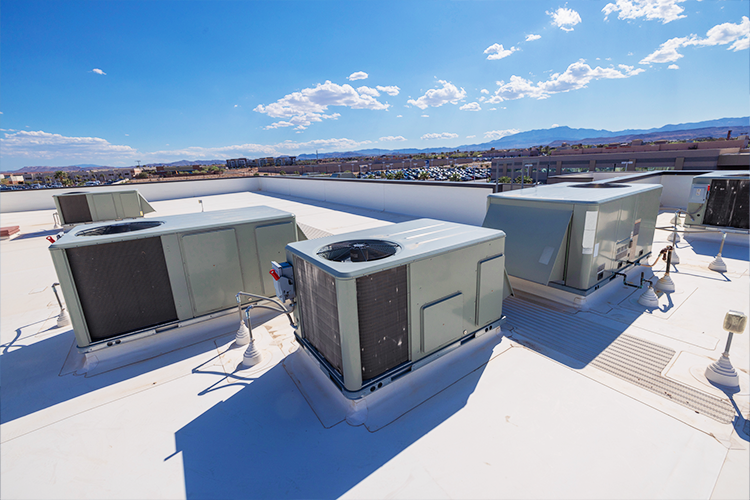Six Reasons to Use Controls in Your Next LED Lighting Retrofit
November 1, 2016
Your aging lighting infrastructure is eating at your pocketbook. Rising energy costs and increasingly frequent service calls mean you need to act soon, but what exactly are you going to do?
While it may be easiest to find a solution that is similar to what you have (but more energy efficient, of course), here are six reasons the timing is right to consider incorporating lighting controls into your next LED lighting retrofit:
- Energy savings. New LED lighting may have already cut your lighting costs in half. Incorporate lighting controls technologies into your new design and you can watch the energy savings go even farther as they reduce the number of hours a year your lights are on.
For instance, daylight harvesting uses photocells located near a light source such as windows, skylights or doors to detect how much light is coming through these sources. It then adjusts the lighting near these areas to a specific level, or even turns them off when high levels of light are being produced naturally.
Occupancy sensors, which switch lights on when they detect a presence, or off when people are absent, can also do more than adjust the lights. When integrated with a building automation system, the sensor can even eliminate the use of the HVAC system in a particular room if nobody is using it.
- Flexibility. Lighting controls allow for more dynamic lighting environments. For example, occupancy sensors ensure lighting is used only when needed, switching lights on when they detect a presence and off when people are absent. In private offices this can produce up to 45% in energy savings.
Lighting controls also allow for differing lighting options for varying times of the day and for when there is a change in lighting requirements for specific tasks occurring in a particular area.
- Personal Control. Studies have shown the when given control over their lighting in commercial settings, people tend to use light levels that are lower than industry standards and have higher levels of productivity and satisfaction.
Switches connected to lighting can manually adjust the light level in a specified area, allowing individuals to choose a specific light output they want. When walking in their space, the lights will automatically adjust to that preset.
- Compliance. Cities and states across the US are putting energy efficiency standards into place that affect industrial, commercial and retail buildings. California’s Title 24 is perhaps the oldest and most stringent.
Title 24 focuses on building energy efficiency standards to lower electricity demand, reduce energy related to meeting California's water needs, and lessen greenhouse gas emissions.
Many of EMC’s customers are making California Title 24 their standard when it comes to lighting design—even applying it to their locations outside of California.
Adding controls to an already energy efficient LED lighting solution helps ensure compliance with energy efficiency regulations.
- Sustainability. Lighting controls provide broader control over energy use from sources other than lighting. Plug-load controls, for instance are great for university computer labs or commercial offices with several computer systems connected to a network.
For that university example, say the library closes at 11:00 pm. There may be hundreds of computers that weren’t shut off or will run the entire night. If you have plugload control, after the occupancy sensors detect that nobody has been in that space for a specified amount of time, it will shut off the computers by eliminating power to the outlets providing the electric source.
- Higher Quality Building Environments. Time based control systems allow lights to be automatically turned on and off via a time clock or lighting control panel system. This is ideal for most outdoor lighting applications.
For example, a convenience store that is open from 6:00 a.m. to 9:00 p.m. can use a lighting control system to “wake up” the lights at 5:00 a.m. and then automatically turn them off at 10:00 p.m. This ensures that the last employee to leave for the day doesn’t have to worry about forgetting to shut off the lights in the bathroom before they locked up for the night.
Given all of these benefits demand for lighting controls has surged. The downside is that it’s caused service providers unfamiliar with this technology to scramble and play catch-up with their education, particularly in the area of networked lighting controls.
EMC stays ahead of the curve by being active with industry leaders like the interNational Association of Lighting Management Companies (NALMCO) to ensure proficiency in lighting controls technologies through certification.
It’s a great time to consider adding controls to your next lighting retrofit or recommissioning existing controls so that your lighting system is delivering the performance and energy savings you desire.
Alison Zimpfer is Energy Management Collaborative’s Systems Engineer. In this role she provides technical sales support for all lighting projects involving lighting controls, evaluating sites to identify the right solution for the space.


